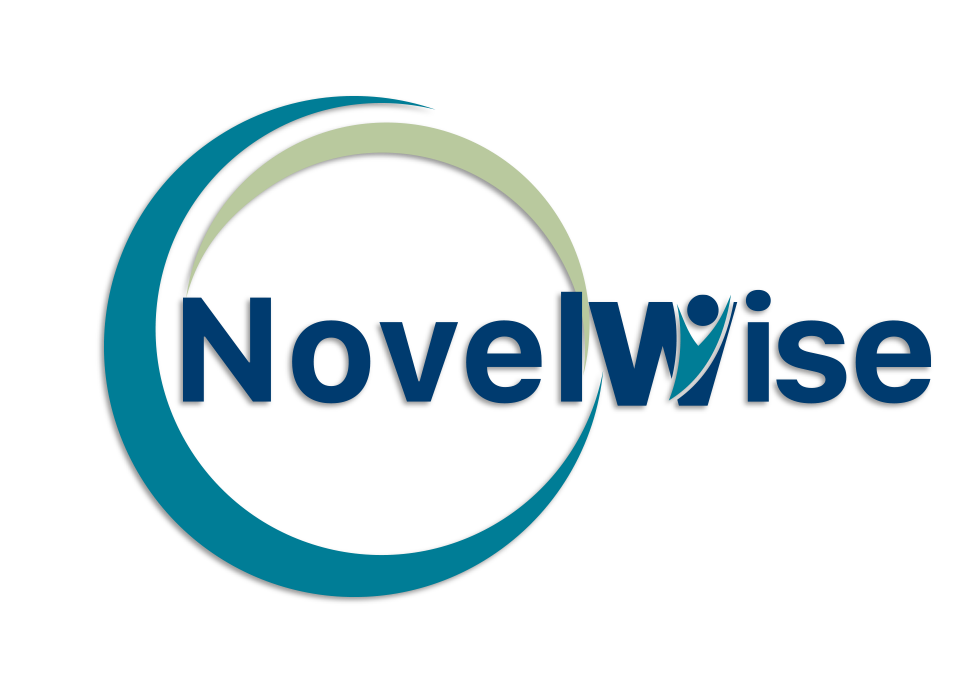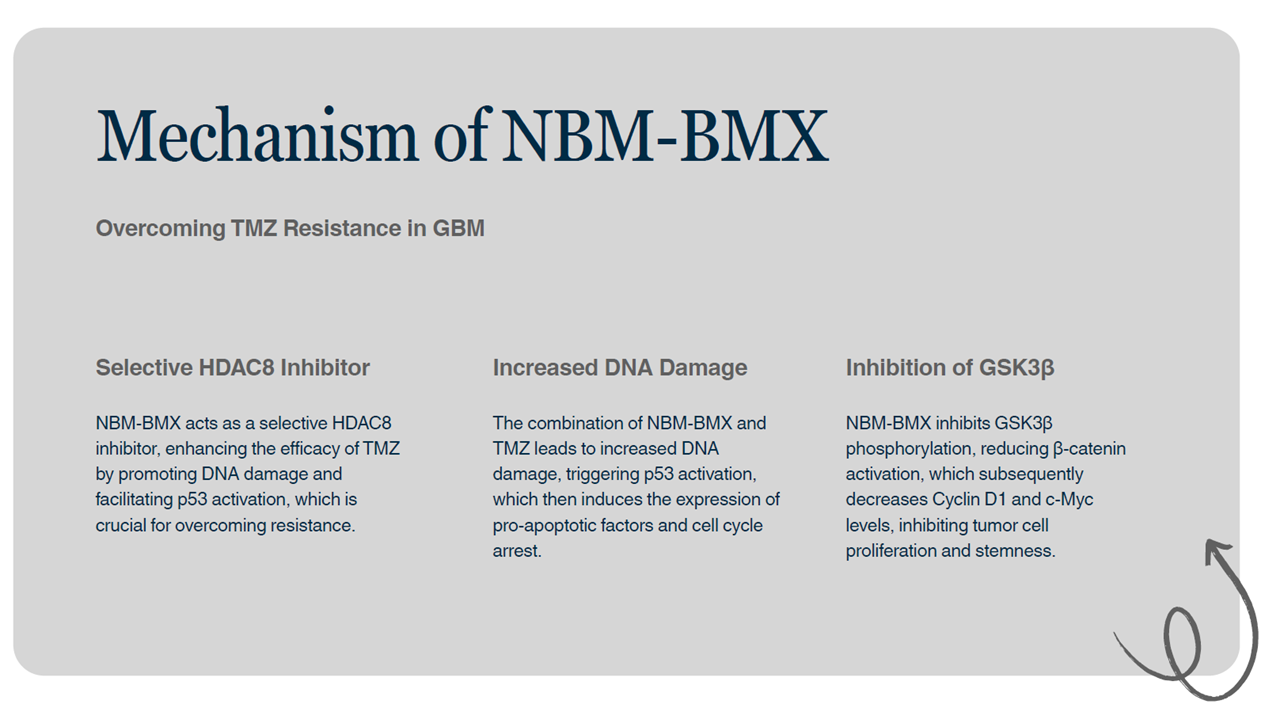| Program | Preclinical | Phase I | Phase Ib/Expansion | Phase II | Phase III |
|---|---|---|---|---|---|
| Glioblastoma | |||||
GBM Mechanism of action
Glioblastoma (GBM) is the most common and deadliest primary malignant brain tumor in adults. It is characterized by highly invasive growth, significant genetic heterogeneity, and resistance to standard treatments. GBM tumors often infiltrate surrounding brain tissue, making complete surgical removal difficult and leading to high recurrence rates. The standard treatment involves maximal safe surgical resection followed by radiotherapy and combined with adjuvant temozolomide (TMZ) chemotherapy. Despite this, the prognosis remains poor, with a median overall survival of 12 to 18 months and a 5-year survival rate of less than 10%. A significant obstacle to effective treatment is the development of resistance to TMZ, primarily due to factors such as the overexpression of MGMT (O6-methylguanine-DNA methyltransferase), mutations in TP53, and epigenetic dysregulation. Preclinical studies suggest that inhibiting HDAC8 may enhance the sensitivity of GBM cells to chemotherapy and slow tumor growth by restoring wild-type p53 function and reducing MGMT expression. Our experimental therapy has shown promise in overcoming TMZ resistance, representing a potential new approach to improve outcomes in patients with recurrent or newly diagnosed GBM.



